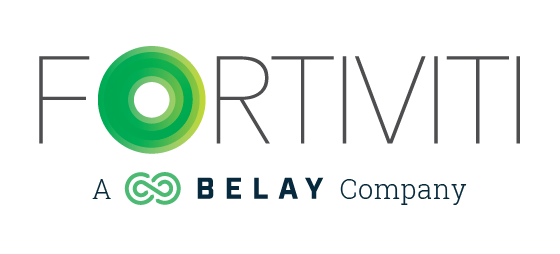Access to financing is often the key to expanding operations for a small business. Whether you’re seeking a small business loan, a line of credit, or investor funding, preparation is essential. Lenders and investors need to see a clear picture of your financial health before they are willing to commit to lending. Often, business owners are frustrated, feeling like banks just don’t want to lend money. In reality, banks love to lend money. That’s how they make their money. However, they cannot make money on lending if they don’t get paid back, and if you are disorganized or don’t have the proper documentation and financial records to provide to them, they can’t get comfortable that they will get paid back.

Essential Financial Documents for Securing Financing
Business Plan:
Formal business plans are not always required to secure financing, however, having a clear plan and the ability to describe how your business makes money, how you’ll use the money, and how you’ll pay it back, will be important to any lender. A formal business plan will typically outline your goals, market opportunity, competitive advantage, and revenue model.
Profit and Loss Statement (Income Statement or P&L):
The P&L shows your business’s revenues, expenses, and profits over a specific period. You’ll typically need to provide at least 2 years of income statements. This will provide lenders with insight into your profitability and ability to generate income.
Balance Sheet:
A balance sheet is a snapshot of your business’s assets, liabilities, and equity. The balance sheet helps lenders assess your financial stability and how heavily leveraged your business is.
Forecast:
Many bankers will request that you provide a 2 to 3-year forecast, especially if you’re requesting funding prior to having 2 years of historical financial information. This helps to tell the story about how you’ll make money and pay the loan back.
Tax Returns:
Most banks will ask for at least 2 years of business tax returns. These are critical for verifying income, ensuring compliance, and demonstrating consistency in your financial performance.
Debt Schedule:
You might also be asked to provide a debt schedule. This is a detailed record of all outstanding debts, including amounts owed, interest rates, and payment schedules. This helps lenders understand your existing financial obligations.
Accounts Receivable and Payable Reports:
These reports show the money your business is owed as well as what your business owes to suppliers, giving lenders an idea of your current liquidity.
Collateral Documentation:
If applying for secured financing, be prepared to provide evidence of assets you’re willing to use as collateral, such as property, equipment, or inventory.
Personal Financial Statement:
Often banks will ask you to provide a personal financial statement with your loan application. Most small business loans are personally guaranteed, meaning the bank cares just as much about your personal financial situation as that of the business. A personal financial statement is like a balance sheet for you, personally, and includes your assets, liabilities and net worth.
As you prepare your financial documents for presentation to a bank, make sure you are organized. Put requests in order, make sure to name them using a good description and the year or time period. Review for accuracy. Work with your accountant to review all documentation prior to submitting them. It is much easier to fix an issue before you submitting your documents to the bank than it is to explain errors that they may find while reviewing.
Securing financing for your small business is about more than just filling out an application—it’s about telling your story through your financial documents. By providing a well-rounded view of your business’s performance and potential, you can instill confidence in lenders and investors.
Written by: Haylie Ridenhour & Shauna Huntington
Posted in Accounting Solutions, General, Small Business Accounting
